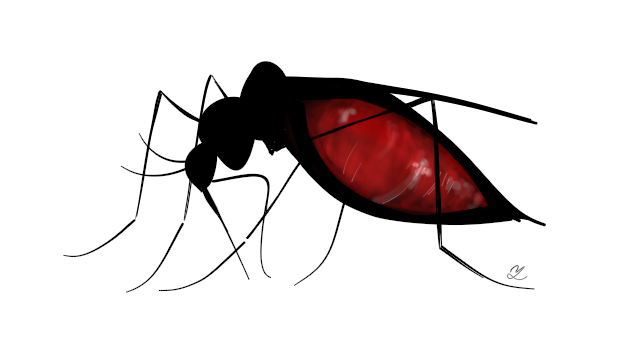
A new Yale study may help the global community fight invasions of disease-carrying mosquitoes.
Researchers in Yale’s Department of Ecology and Evolutionary Biology, along with Yale’s Powell Lab, have released a study mapping the genetic diversity of the Aedes aegypti mosquito — a species that carries many diseases, including dengue fever and the Zika and chikungunya viruses. These findings could provide the means for people in areas to which the mosquitoes have been recently introduced to track their origins.
The study, titled “Global genetic diversity of Aedes aegypti,” was recently published in the journal Molecular Ecology.
“The relevance of this information is that we know that this mosquito’s extremely diverse,” Andrea Gloria-Soria, one of the lead authors of the study, said. “Knowing how its diversity is distributed around the world can help to track new introductions of the mosquito to areas where it wasn’t before.”
To carry out the study, researchers from around the world sent Aedes aegypti mosquitoes, in the form of adult mosquitoes, larvae or eggs, to the insectary of the Yale School of Public Health. According to the study, specimens from 79 locations worldwide spanning five continents arrived at Yale.
Researchers then used forensic techniques to identify genetic differences among each population of mosquitoes by analyzing 12 separate microsatellite loci — molecular markers found in DNA. From this, they were able to create separate genetic groupings for each of the 79 mosquito populations, according to the study.
“There are parts of every organism, human, as well as mosquitoes, that are very variable among individuals,” said Jeffrey Powell, senior author of the study. “It’s these highly variable parts of genomes that are useful for things like forensics or what we used in the mosquitoes to identify where they come from.”
The most important consequence of this study is that it can allow other researchers to now track the movement of each individual population of Aedes aegypti, according to Gloria-Soria. This can be especially useful for countries encountering the mosquito for the first time.
Both Gloria-Soria and Powell said that similar research, also generated at Yale, was used to track the origins of a 2010 influx of mosquitoes in the Netherlands. When the Netherlands encountered a tropical population of Aedes aegypti, researchers were able to discover that it had most likely come from a shipment of tires from Miami, Florida, according to Powell.
Moving forward, Gloria-Soria said that the researchers are working to make the results of the study more easily accessible to other scientists. While the study is already available publicly, the researchers are working to integrate it into an accessible reference database.
“If this mosquito would show up in France next week … they would like to know where it came from, they could genotype the mosquitoes and go to this reference database and use our information that’s already available to everyone and find out what are the most closely related populations to the mosquitoes that show up there,” she said.
Powell said that he hopes to focus more closely on Aedes aegypti mosquitoes within the United States. He added that, in the future, he hopes to receive funding from the Centers for Disease Control and Prevention to study Aedes aegypti via landscape genetics — a discipline which cross references genetic data with global imaging in order to investigate aspects of the environment that connect certain populations genetically. According to Powell, a study performed on a similar mosquito species showed that different populations were primarily connected via highways. Given the recent outbreaks of Zika in the southern United States, Powell said that Aedes aegypti mosquitoes could potentially reach the Northeast during the summer through shipping and travel along highways.
According to the Centers for Disease Control and Prevention, the Aedes aegypti mosquito’s current estimated range in the United States stretches from California to the southern tip of Connecticut.







